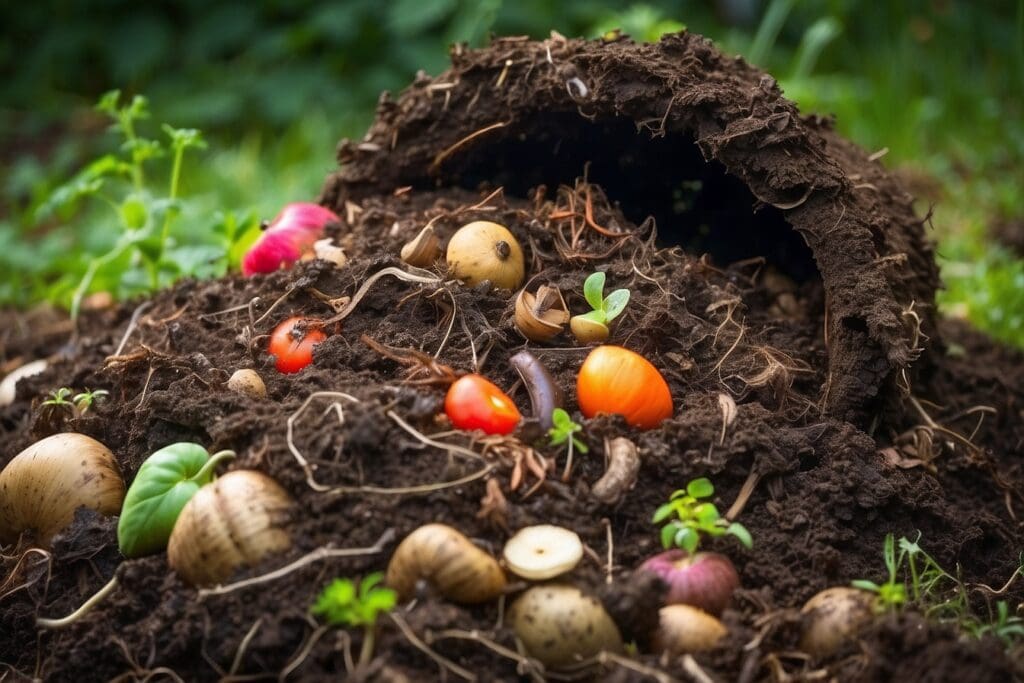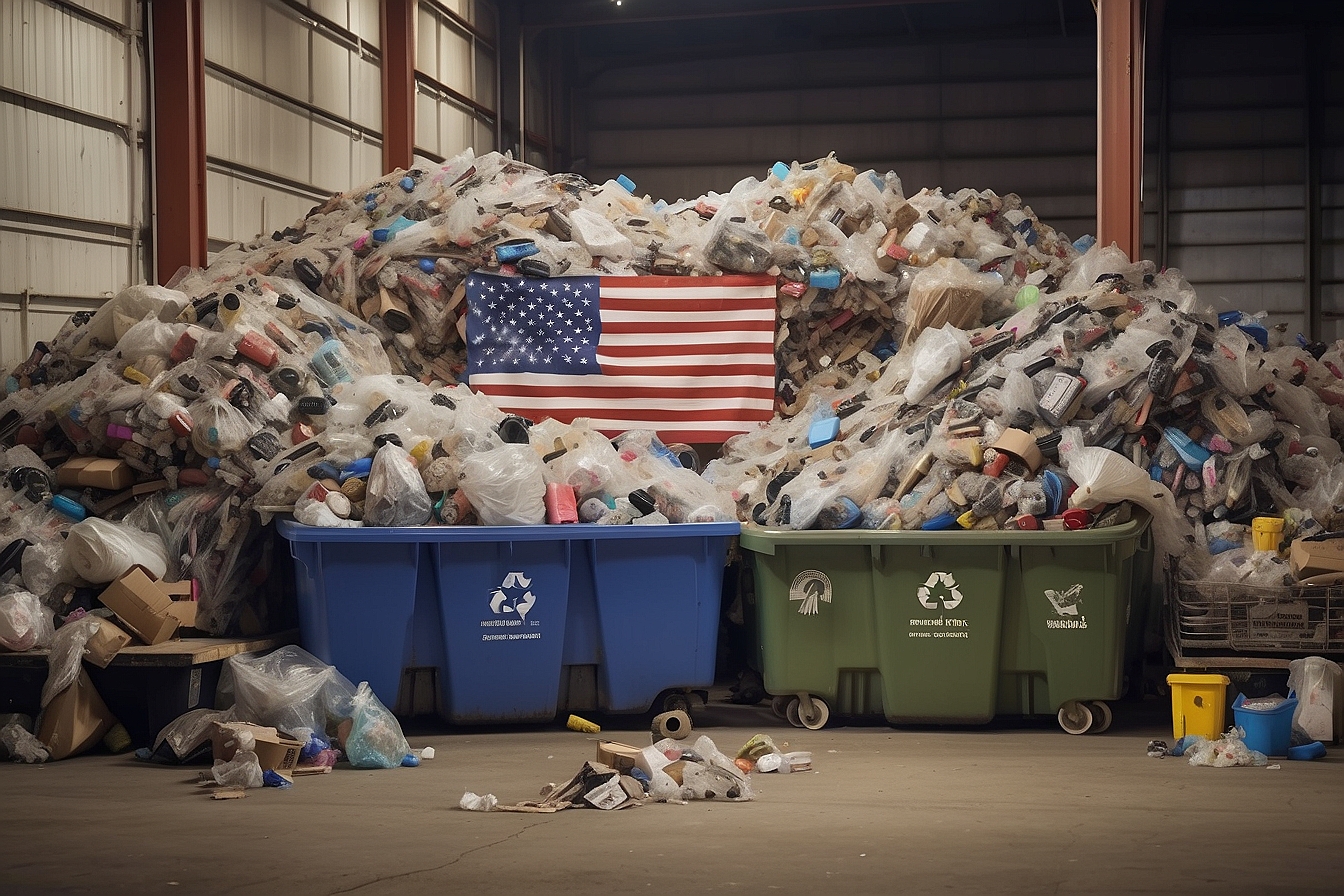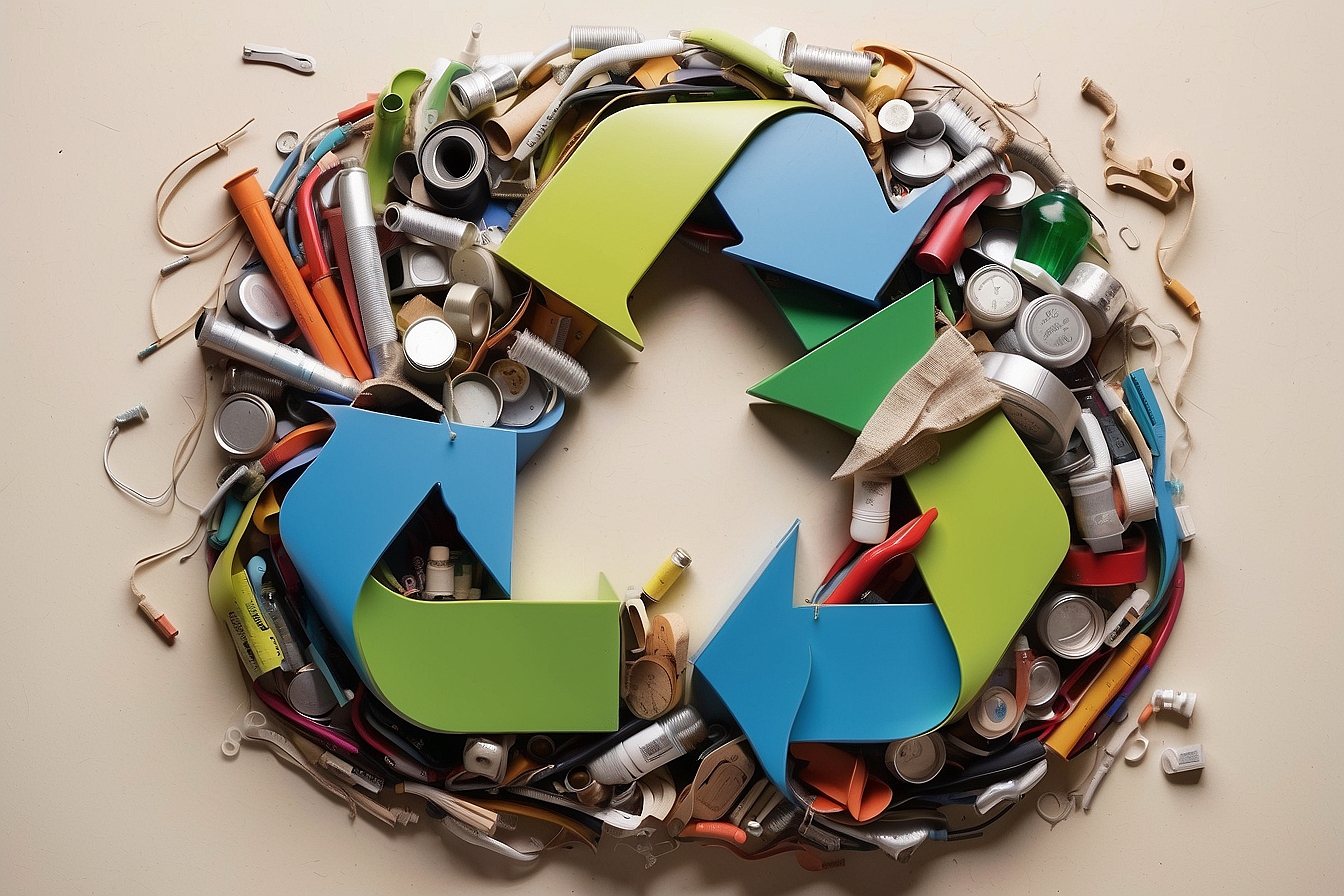Composting is the new carbon dioxide . Thus, composting is beneficial to the environment as it lowers the global warming potential associated with landfills.
Even More Composting Benefits!
Compost itself is a terrific soil enhancement, thereby decreasing the amount of agrochemicals, i.e. pesticides, used for crop production, both at the household and commercial agriculture level. Enhancing your soil with compost can do wonders for your plants: “compost improves soil structure and texture, increases the soil’s ability to hold both water and air, improves soil fertility, and stimulates healthy root development in plants.”5 Compost contains macro and micronutrients essential to plant growth, which are released to the plant at a slow rate.6 This is compared to commercial fertilizers that are frequently applied in a wasteful and inefficient manner, leading to the fast escape of nutrients.
Furthermore, compost acts as a buffer to balance the pH levels in soils as compost typically has a neutral pH.7 The soil pH is critical to the nutrient availability to plants.8 Compost can also be added to varying soil types—even clay—in order to control for porosity and density. This then affects the rate at which air and water travel through the soil, both of which are extremely important for plant growth. If the soil texture and structure is of good quality, then root systems are healthier and erosion and subsequent runoff of nutrients are decreased. Lastly, compost is home to a variety of beneficial insects, worms, fungi, and microorganisms that collectively contribute to the health of the soil and evidently, the health of the plants. Thus through composting, we are able to produce a nutrient enriched, all-natural medium which can be applied to enhance the productivity of our farms and gardens on which we so depend.
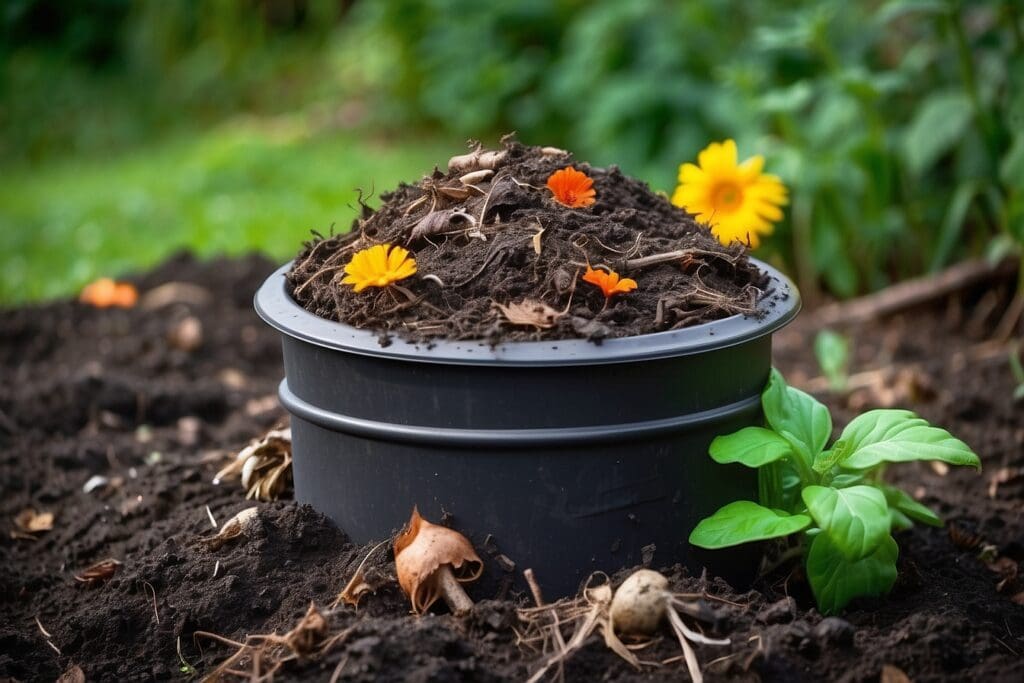
Municipal Composting Programs
As abovementioned, a number of cities have taken the initiative to improve their waste management services by investing in composting programs and supporting facilities. The City of San Francisco is renowned for its citywide mandated composting ordinance and is on the path to eliminating landfills and incinerators entirely as an effort to cut greenhouse gas emissions . San Francisco’s curbside composting program picks up compost once a week and collects anything from seafood and paper take-out boxes to cotton balls and tree trimmings.9 Every resident is provided with a green compost bin in which the weekly compost is dumped. The city provides a comprehensive list of what can and cannot be composted. This municipal compost program is able to compost a much more extensive list of items than that which can be added to backyard or onsite compost. Residents and businesses of San Francisco are penalized if found guilty of noncompliance—which is a $100 fine per violation for residents and a $500 fine for businesses.10
Most other citywide composting programs operate in much of the same way, with the exception of minor differences in what can and cannot be composted. If your city does not offer municipal composting services, do not fear! There are plenty of alternatives to a citywide composting program such as collection centers at local supermarkets or community gardens that will transport your food scraps and other organic waste to nearby compost sites for you. And if you do not have access to these collection centers, there is always the option of starting your own bin in your backyard or even inside your own home!
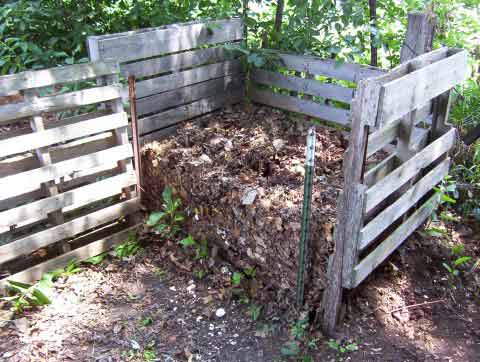
Backyard compost bin made from discarded wooden pallets.11
Composting at Home: The two most common at-home composting methods are backyard composting and vermicomposting. Both methods are low in maintenance and inexpensive!
Get Started with Backyard Composting
- Select a spot that is dry and mostly shaded. Be sure that the composting site is near a water source.12
- I recommend using a compost bin (3’ x 3’ x 3’), as opposed to an open pile, in order to prevent rodents.
- Keep in mind the carbon to nitrogen ratio that is essential to the production of high quality compost. The general rule of thumb reads as such: for every three parts brown, add one part green. Browns include yard trimmings, leaves, shredded newspapers, eggshells, and more “brownish items,” while greens include food scraps, grass clippings, and more “greenish items.”
- Place the materials in alternate layers (of browns and greens) of different-size particles with larger materials being chopped or shredded before being placed. Fruits and vegetables should always be buried 10 inches below the surface of the compost.
As the materials begin to breakdown (taking anywhere from six months to two years), the temperature of the compost will begin to rise to approximately 140º F, which is an indication of a healthy, bacteria infused compost pile.13 The pile should be turned over every so often to ensure proper aeration throughout the pile. When the bottom of the pile is a dark, rich color, you know you have successfully produced compost ☺ This compost can now be used to help your plants, flowers, fruits, and vegetable gardens grow beautifully!
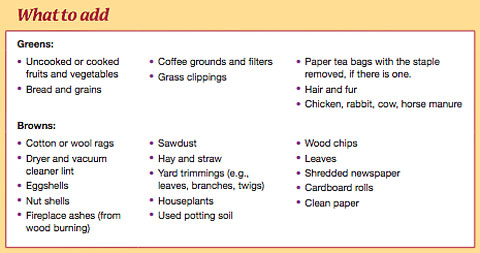 14
14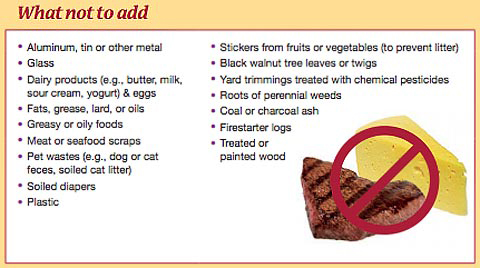 15
15
Get Started with Vermicomposting
Vermicomposting is the breakdown of organic matter by worms, as worms eat almost anything and excrete worm castings, or feces, that are extremely nutrient-rich.16 This particular method of composting is auspicious for apartment dwellers or small classrooms and offices as the worms greatly reduce the stench often associated with traditional composting methods and this method is accomplished in a small container.17
- Obtain three (3) to four (4) stackable bins or trays with holes in the side and on the bottom for proper aeration along with a pound of worms, specifically red wrigglers.18
- Place bedding, which is both a “living medium and also a food source for the worms,” in the bottom tray.19 Bedding is typically made of shredded newspaper, cardboard, sawdust, peat moss, or dried leaves.
- Bury your food scraps and yard trimmings under the bedding.
- When the bottom tray is full (6 – 8 weeks later), repeat steps 2 and 3 with another tray. The bedding of the higher trays must touch the surface of the lower trays so that the worms can migrate to and from the stacked trays.
- For optimum vermicompost, feed the worms twice a week, lightly water the worms if dry, and add food slowly to give the worms time to digest. The list of items to add to vermicompost is very similar to that of backyard compost, with some small variation given the worms’ requirements and the small container. The City of Sacramento’s Parks and Recreation Department put forth the following list of items ok to add or not ok to add as “food”:20
- Okay
- Kitchen waste: bits of lettuce, tomatoes, moistened strips of newspaper or
- cardboard, dry coffee grounds, filters, tea bags, plate scrapings, vegetable
- peels, leftovers (raw or cooked), soft garden waste. An occasional sprinkling
- of garden soil in the bin gives the worms the grit they need to digest food.
- Compostable plates and cups are suitable but they should be torn first into
- smaller pieces so as not to block oxygen flow.
- No
- High water content material (like watermelon rinds) provides very little food for
- the worms while disrupting the moisture level of the system.
- Grass clippings and other products sprayed with pesticides should be
- avoided. Some banana peels are heavily sprayed and can kill everything if
- added to a small bin.
- Worms are said to dislike highly spiced foods such as onions, garlic and salt.
- Meat, dairy, bones, fish, greasy foods.
- Metal, foil or plastic
- Plants with heavy cellulose content (like avocado skins) or large seeds/pits.
- The worms should remain at a constant temperature between 55º F and 70º F. Your vermicompost is harvest ready when the tray no longer contains food scraps or bedding! When the contents in the bottom tray are dark and wormless, you know you have done it right!
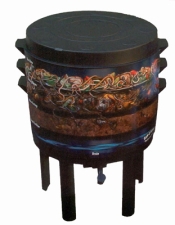 21
21
Composting is easy, affordable, and good for the environment! By diverting food waste from landfills, we are able to reduce methane emissions that contribute to greenhouse gas footprint by setting ambitious, yet commendable goals of achieving zero waste by 2020. You too can partake in this movement by obtaining information about local composting programs or by composting at home!

